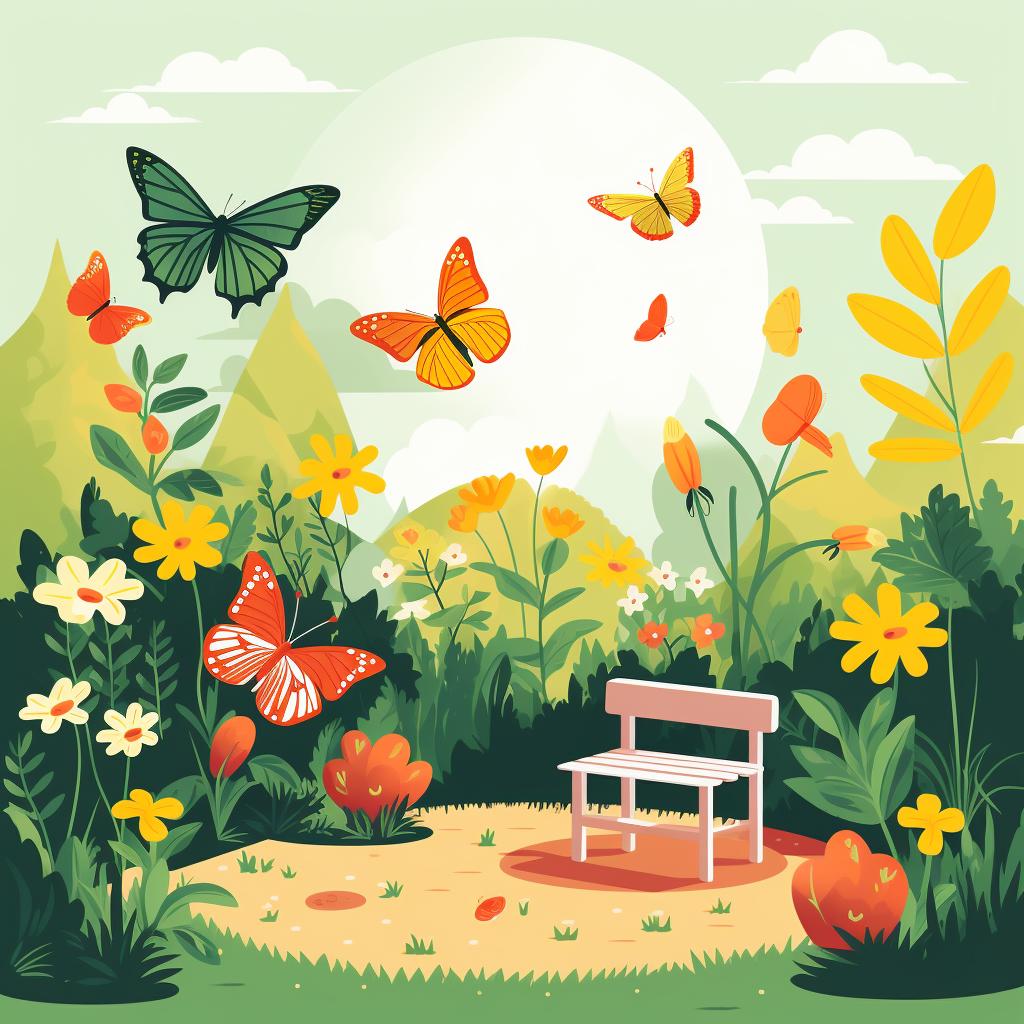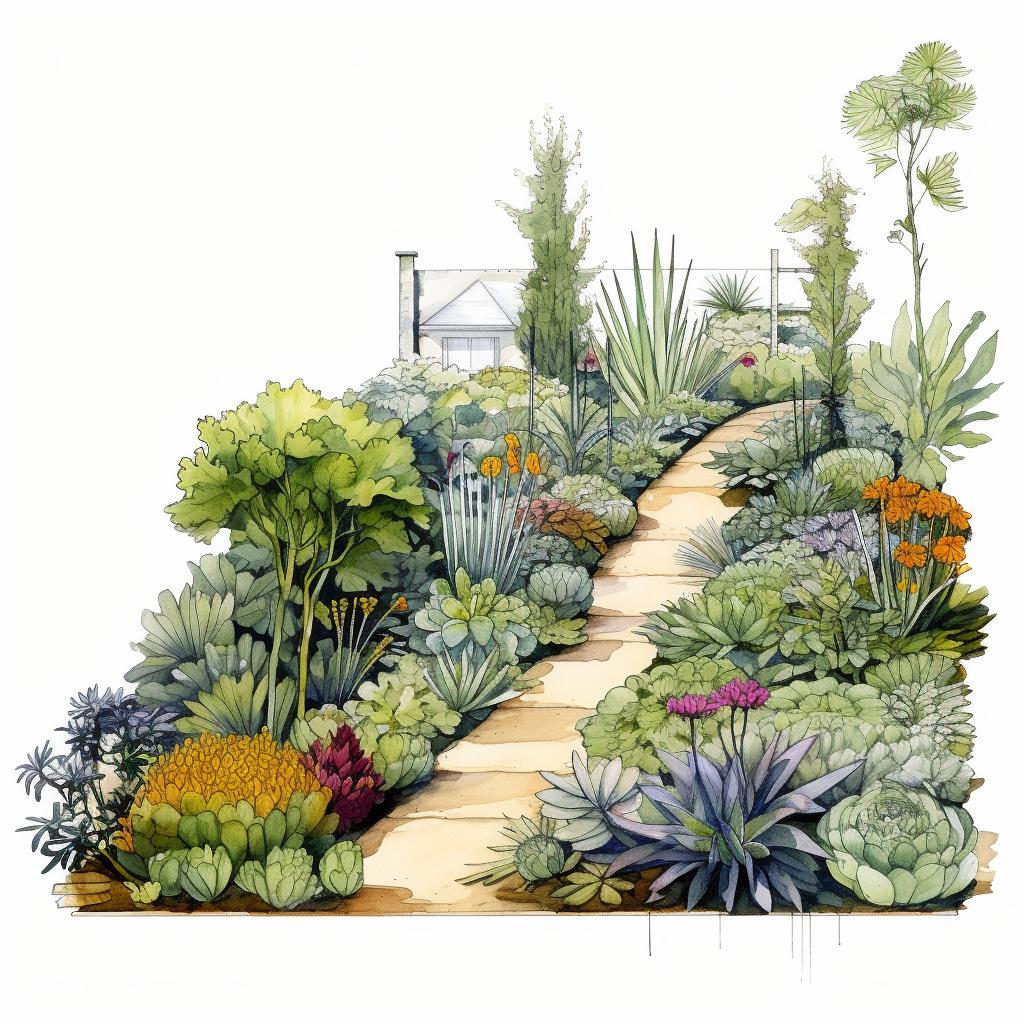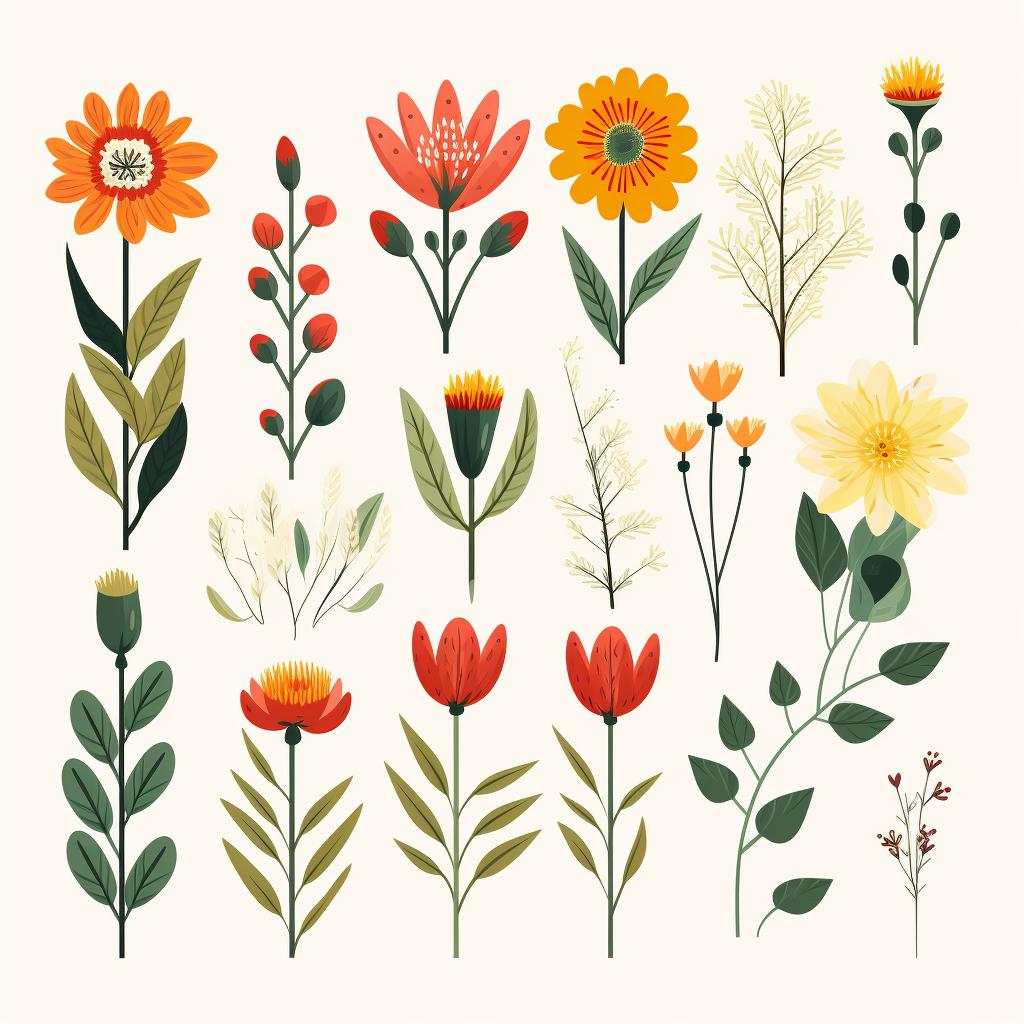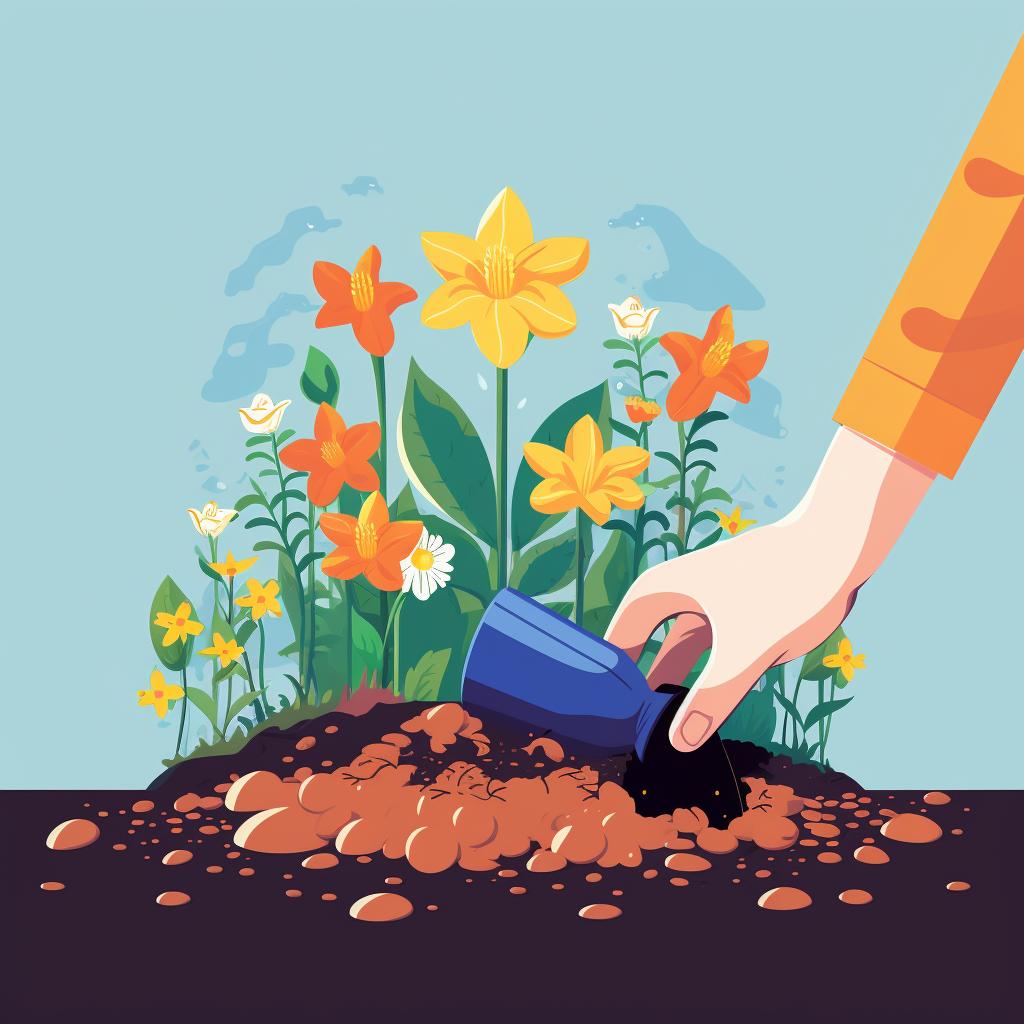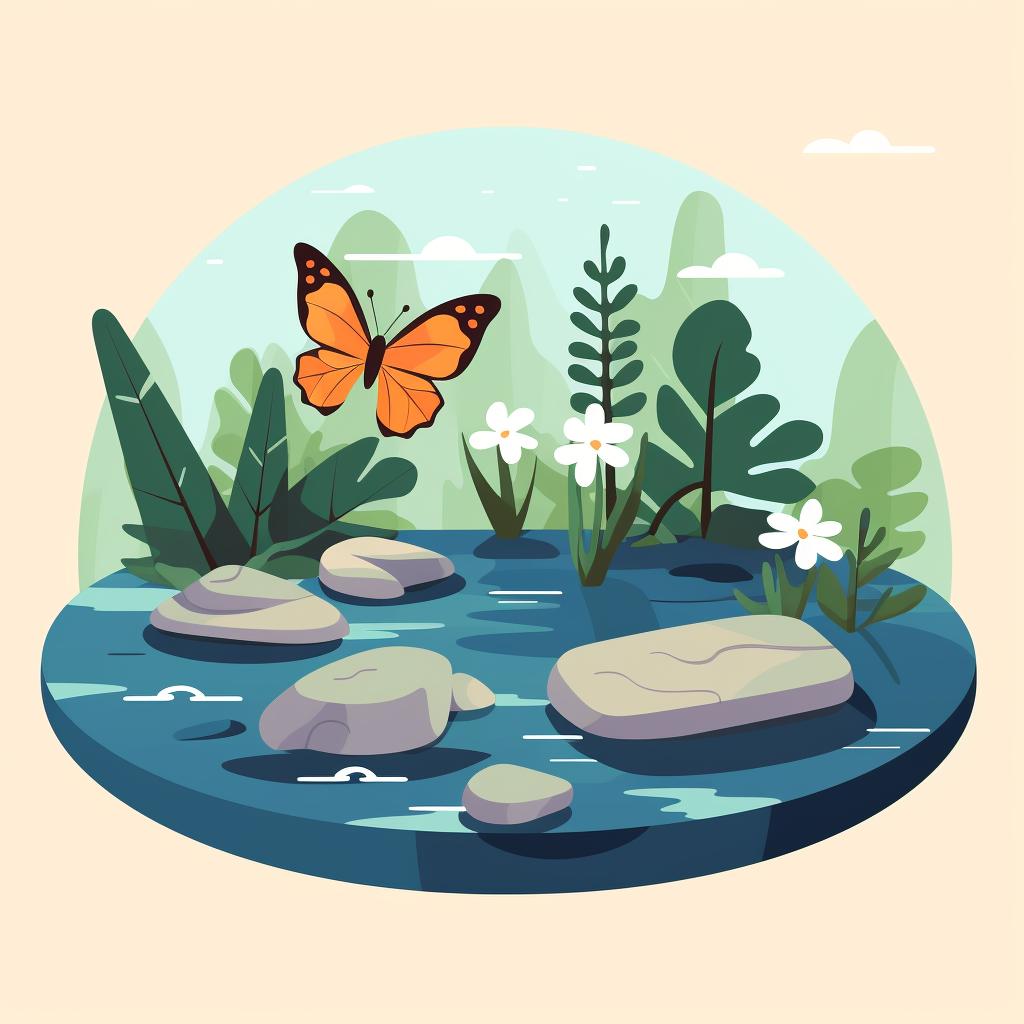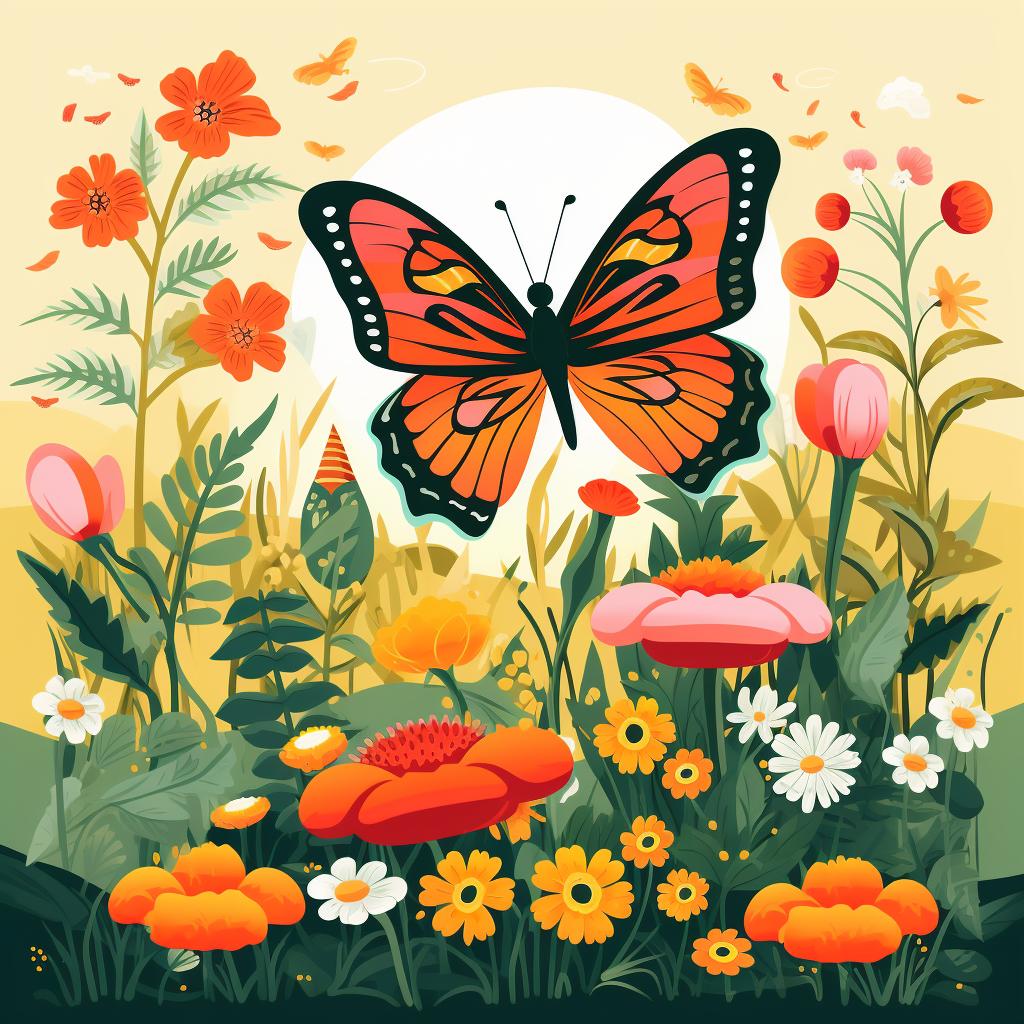🦋 Your Butterfly Garden Journey: A Step-by-Step Guide 🌿
Create a beautiful and sustainable garden with Garden Gentle. Attracting pollinators, birds, and other wildlife to your backyard is not only a rewarding experience but also beneficial for the local ecosystem. By following these simple steps, you can create a thriving garden that supports native plants and habitats.
Step 1: Choose the Perfect Spot
Select a sunny spot in your garden that receives at least 6 hours of sunlight each day. Butterflies, being cold-blooded, rely on the sun to warm their bodies for flight. By providing them with a sunny spot, you are creating an inviting environment for these beautiful creatures.
Step 2: Plan Your Garden Layout
Design your garden layout with careful consideration. Incorporate a variety of plant heights, placing taller plants in the back and shorter ones in the front. This arrangement allows butterflies to move easily from one plant to another, enhancing their foraging experience.
Step 3: Select Native Plants
Choose a diverse selection of native plants that bloom at different times throughout the year. This ensures a continuous food source for butterflies and other pollinators. Some plants are specifically for caterpillars to feed on, while others provide nectar for adult butterflies. By incorporating native plants, you are supporting the local ecosystem and promoting biodiversity.
Step 4: Prepare and Plant
Before planting, prepare the soil by removing weeds and adding compost if necessary. Plant your chosen flora, ensuring they are well-watered. Adding a layer of mulch helps retain moisture and suppresses weed growth. By providing a healthy environment for your plants, you are creating a thriving habitat for butterflies and other wildlife.
Step 5: Add Water and Resting Spots
Butterflies need access to shallow water sources for drinking. Consider adding a birdbath or a shallow dish filled with water to provide them with a refreshing drink. Additionally, include flat stones or rocks where butterflies can bask in the sun and warm up their wings. These resting spots are essential for their overall well-being.
Step 6: Maintain Your Garden
Regularly check your plants for any signs of pests or diseases. Remove any pests that could harm your butterfly population, ensuring the health and vitality of your garden. Keep the garden clean and well-watered, as a well-maintained garden is key to attracting and supporting wildlife. Remember, maintaining a garden is an ongoing effort, requiring continuous care and attention.
By following these steps, you can create a beautiful and sustainable garden that not only adds beauty to your backyard but also supports local ecosystems. Attracting pollinators, birds, and other wildlife will bring life and vibrancy to your garden, creating a harmonious environment for both humans and nature. Start your butterfly garden journey with Garden Gentle today and make a positive impact on the world around you.

